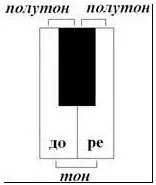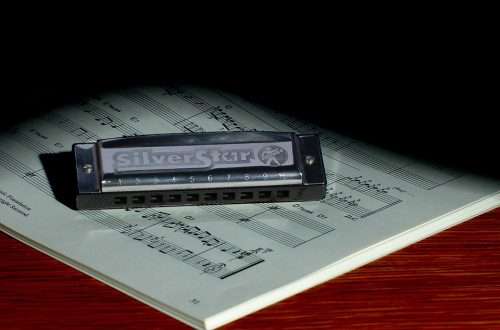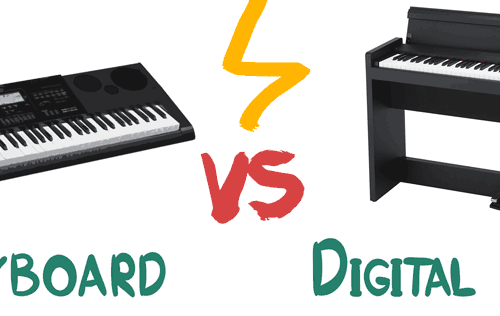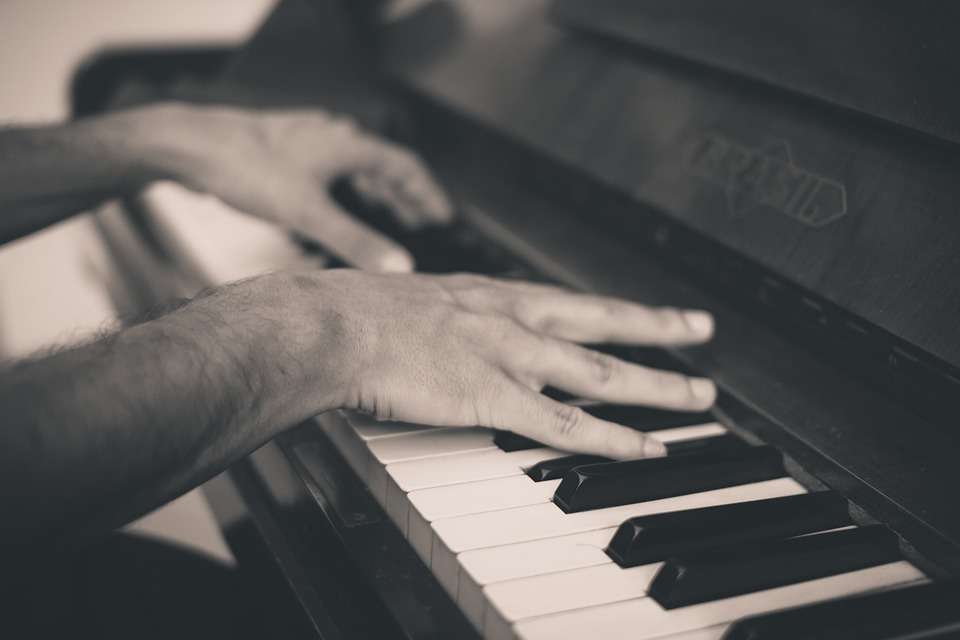
Preparing to learn to play the piano – part 1
 “First contact with the instrument”
“First contact with the instrument”
Education and specificity of playing the piano
When it comes to musical education, the piano is definitely one of the most popular musical instruments. In every music school there is a so-called piano class, although often, for reasons at least in terms of premises, learning is carried out physically on the piano. From a technical point of view, it does not really matter whether we are learning to play the piano or the piano, as the keyboard in both instruments is technically identical. Of course, we are talking about traditional – acoustic instruments, which are much more appropriate for educational purposes than digital instruments.
The piano is played with both hands, over which the player can have direct eye contact over the course of the game. In this respect, the piano, compared to some other instruments, makes it easier for us to learn. Of course, this does not mean that the piano is one of the easiest instruments, although it certainly cannot be classified as the most difficult when it comes to education. For this reason, it belongs to the group of the most frequently chosen instruments, although its greatest asset is its unique sound and great interpretative possibilities of the pieces performed. Every person who graduates from music school, at least in the basic scope, should learn piano skills. And even if our interests are focused on another instrument, the knowledge of the keyboard, the knowledge of the interdependencies between individual sounds significantly helps us to better understand not only theoretical issues, but also allows us to look more broadly at the principles of music harmony, which significantly influences and facilitates, for example, playing in a band music or orchestra.
While playing the piano, apart from the keys through which our fingers produce individual sounds, we also have two or three foot pedals at our disposal. The most frequently used pedal is the right pedal, whose task is to prolong the sustain of played notes after taking your fingers off the keys. However, using the left pedal slightly mutes the piano. After it is pressed, the hammer rest beam moves towards the strings reducing the distance of the hammer from the string and dampens them.

Start learning the piano – correct posture
The piano or the piano, despite its large size, belongs to this group of instruments, on which we can start learning from an early age. Of course, the material and form of the message must be appropriately adapted to the age of the student, but this does not prevent preschool children from making their first attempts at learning.
Such an important and important element at the beginning of learning is the correct position at the instrument. It is known that pianos are of a certain standard size and there are no different sizes, as in the case of other instruments, e.g. guitars or accordions, that we adjust to the height of the learner. Therefore, such a basic regulator, which is largely responsible for the correct posture, will be the selection of the right seat height. Of course, you can choose chairs, stools, put pillows and perform other treatments, but the best solution will be to invest in a specially dedicated piano bench. This is particularly important in the education of children who, as we know, grow rapidly during adolescence. Such a special bench has a height adjustment knob, thanks to which we can set the most appropriate height of our seat to the nearest centimeter. It is known that a small child does not necessarily have to reach the foot pedals in the beginning. In addition, foot pedals begin to be used at a slightly later educational stage. However, the most important thing at the beginning is the correct positioning of the hand apparatus. Therefore, you can put a footrest under our toddler’s feet, so that the legs do not hang limp.
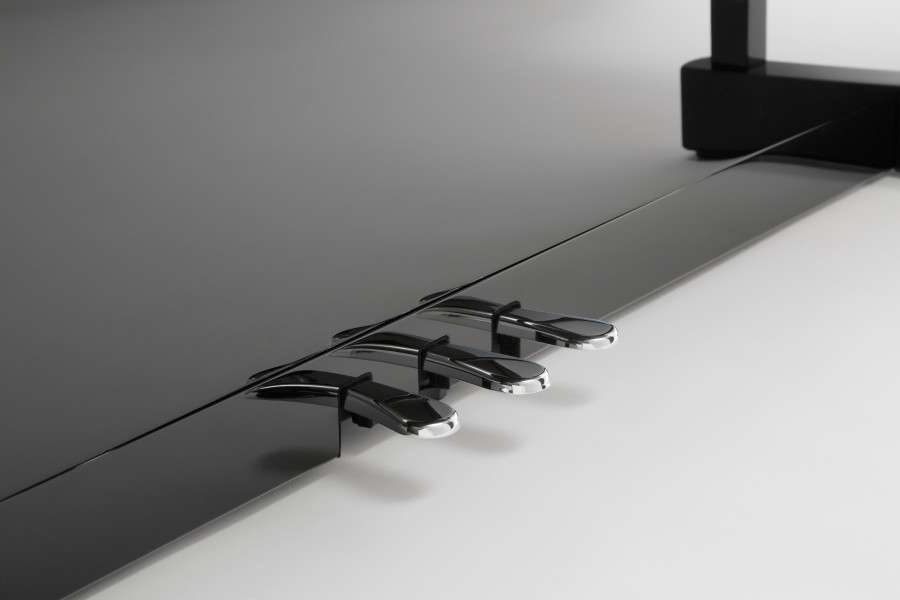
Remember that the height of the seat should be adjusted so that the elbows of the player are approximately at the height of the keyboard. This will allow our fingers to rest properly on individual keys. Ensuring the optimal position of our body is a necessary activity to enable our fingers to move quickly and freely across the entire keyboard. The apparatus of the hand should be arranged in such a way that our fingers do not lie on the keyboard, but the fingertips rest on the keys. You should also be aware that our fingers really only transmit commands given by the brain, but you should play with your whole body. Of course, the most physical work is done by the fingers, wrist and forearm, but the pulse transmission should come from the entire body. So let’s not be ashamed to swing slightly to the rhythm of the music we play, because it not only helps in playing and practicing, but also has a positive effect on the quality of performance of a given exercise or song. We should also remember to sit upright, but not stiffly. Our whole body should be relaxed and gently follow the pulse of the exercises.
Summation
It is not without reason that the piano is often called the king of instruments. The ability to play the piano is in a class of its own, but in fact it is, above all, a great pleasure and satisfaction. It used to be reserved only for the aristocracy, today almost everyone in the civilized world can afford not only to buy this instrument, but also to learn. Of course, education has many stages and many years of learning are required to achieve the right level of skills. In music, as in sports, the sooner we start, the further we go, but remember that learning to play musical instruments is not only reserved for children or adolescents. In fact, at any age, you can take up this challenge and start fulfilling your dreams from your youth, also at an adult age.



